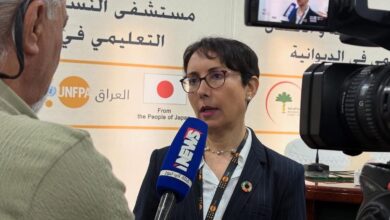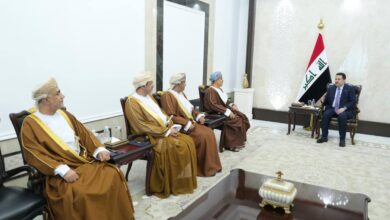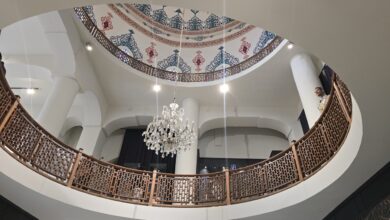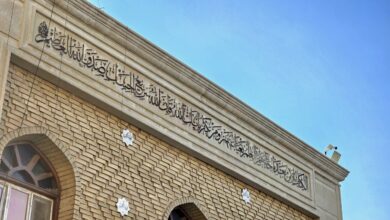In an exclusive interview, Dr Evangelos Kyriakidis, the founding Director of the Heritage Management Organization, discusses the the challenges of heritage preservation.
Can you tell us about the Heritage Management Organization?
The Heritage Management Organization (HERITΛGE) aims to empower those who look after heritage, tangible and intangible, so that they can transform their assets from decaying objects of study to sustainable resources of education, pride, and economic development. We empower them through education; we train heritage managers and address the existing gap in heritage management training worldwide. This is a shared problem, not confined to any one nation like Iraq, Greece, or the U.S., but a universal challenge. In an ideal scenario, many people involved in heritage care have backgrounds in the humanities or sciences. They are aware of what they’re managing, yet there are also fewer ideal scenarios to consider. In this best-case situation, while they understand what they’re dealing with, they may not know how to manage it effectively. Their daily tasks involve managing people, budgets, and projects, devising strategies, identifying resources, and communicating. They strive to cultivate new audiences, educate, create a visual experience, interpret and communicate why the heritage is unique, all while engaging with diverse audiences and numerous communities. They use technologies ranging from basic databases to more complex ones like laser scanning, photogrammetry, and geographical information systems. They also must confront universally shared challenges like conflicts and climate change. However, there is insufficient training provided in their academic degrees to prepare them for these roles, which is why our organization exists. We were created specifically to bridge this skills gap, and we operate in a non-profit way. Heritage management is neither health management nor education management, so governments often fail to recognize the economic significance of heritage. This is a topic for another time, but it’s a reality that governments haven’t fully grasped and thus have not sufficiently invested in. That’s why our work, supporting heritage management, must occur in a non-profit context.
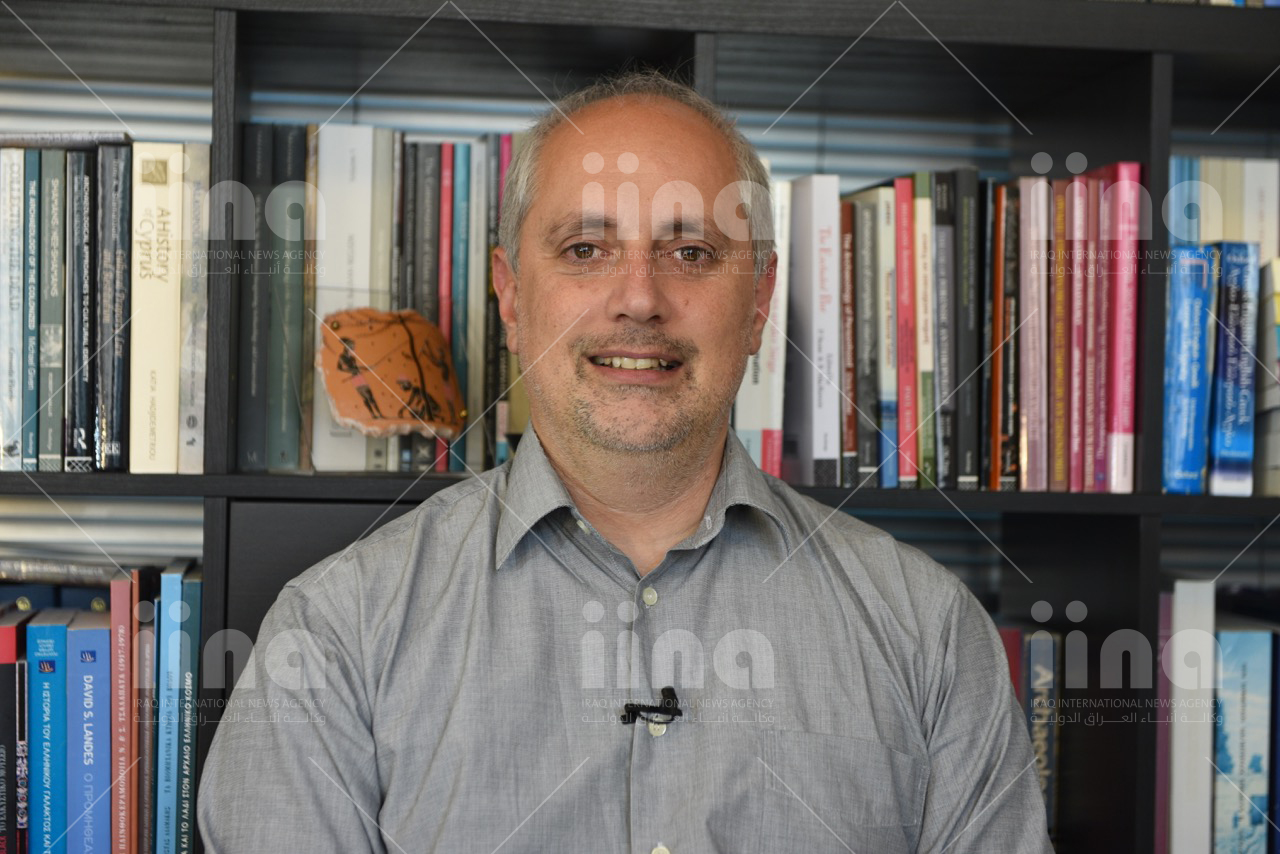
How is your work different to other initiatives?
We offer three diverse programs. The first, particularly relevant to Iraq, is our “Executive Education” program. It provides intensive, online training on specific topics such as personnel management and strategy creation. Many Iraqis have already found this beneficial. Courses are taught by experts who’ve worked with us for years and adapt their knowledge to specific sectors. These programs, unique to the specific sector, span over three intensive days. Participants don’t lose time from work as they bring current work projects to develop during the training. They leave with homework that furthers their project work. Thus, while their projects benefit, they also gain personal growth, as the training directly influences their work. The second level is our “Summer Programme”. It doesn’t only occur in the summer, but spans longer, ranging from two to four weeks. Currently, there are two programs. One focuses on digital tools, such as photogrammetry, laser scanning, and geographic information systems. This training helps create two-dimensional models of large objects, landscapes, and places them on the map. The second Summer Programme centres on community engagement, which is a key pillar of our organization. We see local communities as vital stakeholders and beneficiaries of all heritage management. It guides all our training levels and stands alone as its own training at all levels. We have a strong community engagement research team and are one of the largest research groups on this topic.The third level is our “Masters Programme Communication Heritage”. This program is undergoing redesign but it’s a comprehensive solution between two sectors. It has been run by the University of Kent and the University of Economics and Business for years. Through these programs, we’ve trained over 2,000 individuals from nearly 100 countries. We’ve executed programs specifically for Iraq and provide scholarship programs for Iraqi professionals. These scholarships are given based on potential impact, meaning the larger the projected impact, the higher the chances of receiving a scholarship.
Are there significant projects of Heritage Management Organisation in Iraq?
The Heritage Management Organisation, has never focused on Iraq before, we have had scholarship programmes for Iraqis, but now thanks to the generous contribution of the J.M. Kaplan Foundation, we are going to be complementing some of the restoration projects in Iraq with some capacity development so projects that they do, that they have chose together with the Ministry of Culture in Iraq are then going to receive some further training so that the people that are looking after these projects afterwards are in a good position to make this sustainable in the future.
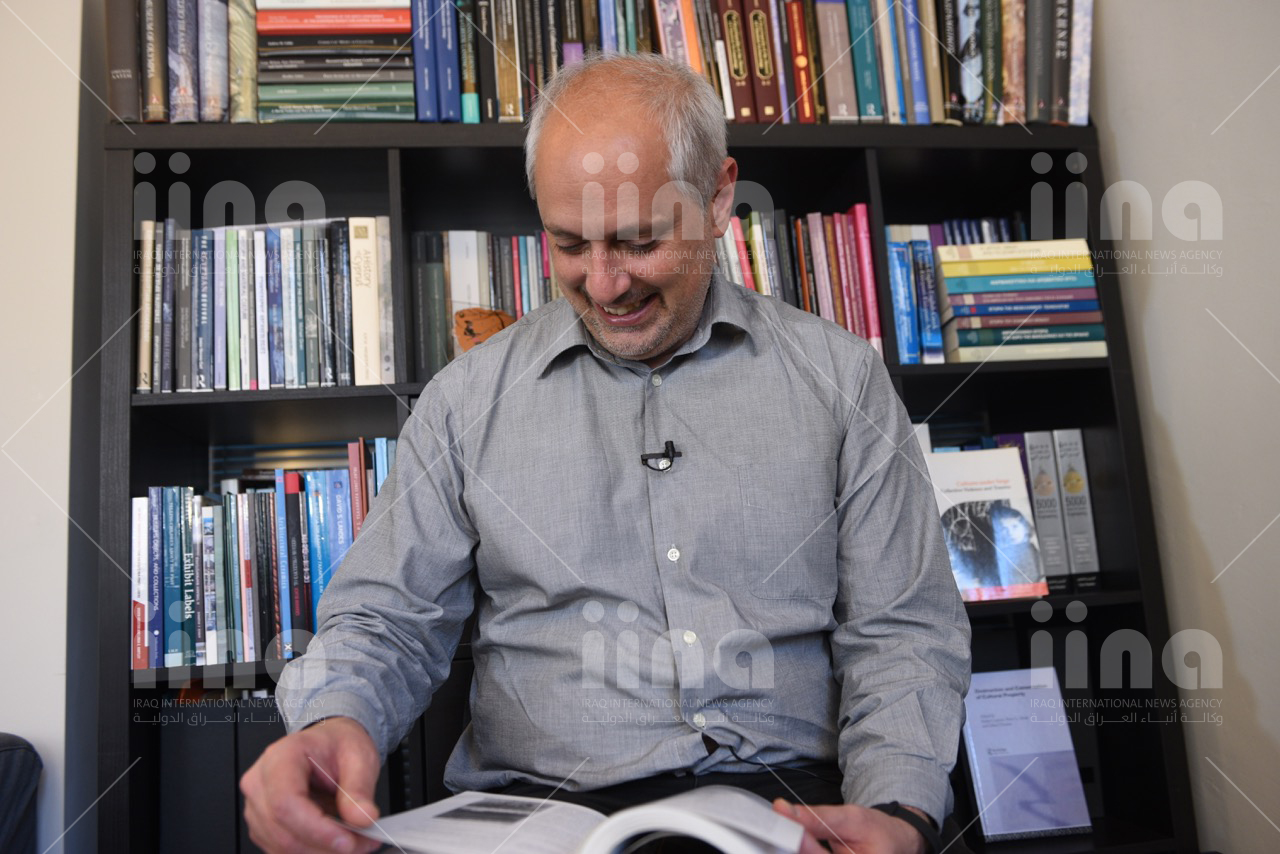
In your opinion, what role do media play in the protection of cultural heritage?
The role of media in heritage protection is actually essential. When we are managing heritage, we manage the importance of heritage. If we forget what heritage is about, we forget what Baghdad stands for, making it impossible to benefit from the heritage of Baghdad. The media can inform people and raise awareness, thus different platforms have a prime role to play in the promotion and awareness of their audiences, and for heritage protection. There’s another role that often involves a lot of conflicts, as we have seen in Iraq and elsewhere, and this has a heritage dimension — be it religious, cultural, or whatever. The media plays a role in this. Quite often, the media uses heritage to fuel the current conflicts. Unfortunately, when that happens, people all over the world lose out. When heritage is being destroyed or used in the wrong way, everybody loses the potential for that heritage to become a positive source for humanity. So, the media also plays a crucial role in raising awareness about the challenges that heritage faces. For example, climate change is a major threat to heritage today. Conflict is a major threat to heritage, but so is neglect. Raising awareness about the positive aspects of heritage and for the existence of heritage actually helps protect that heritage. We’re not just talking about physical heritage, about things you can touch. Media can actually play a serious role in the protection of cultural heritage, when it comes to songs, recipes, storytelling, folk stories, and so on. So, I think media is a key stakeholder in the preservation of a lot of heritage in Iraq and elsewhere.
Why it is so important to guarantee the preservation of Iraq Cultural Heritage?
There are lots of cliches about the cultural heritage of Iraq, the cradle of civilization, Mesopotamia, what have you. Actually, it’s not only the Bronze Age, and the Stone Age that are important for the heritage of Iraq. The heritage of Iraq has been important throughout medieval times, in 20th-century times. In fact, now, even the era of Saddam Hussein is part of the heritage. You may not like it, you may like it. It’s really up to people to decide what they like and what they don’t like. But this is their history, and their history is very relevant to the entire history of the world. So preserving that heritage, remembering that heritage, learning about that heritage, will not only ensure that this heritage becomes an inspiration, a resource for local communities around the country but will also mean that we can learn from past mistakes. And, importantly, a very significant part of the world’s history will be preserved. For this, we really need to pay particular attention to the preservation of heritage. And when I talk about heritage again and again, I must repeat, I’m not only talking about monuments and buildings, but I’m also talking about our grandmother’s stories, about folk songs, about dances, about rituals, about traditions. Because these are going to be wiped out much faster than monuments, and they have much more to say than monuments.
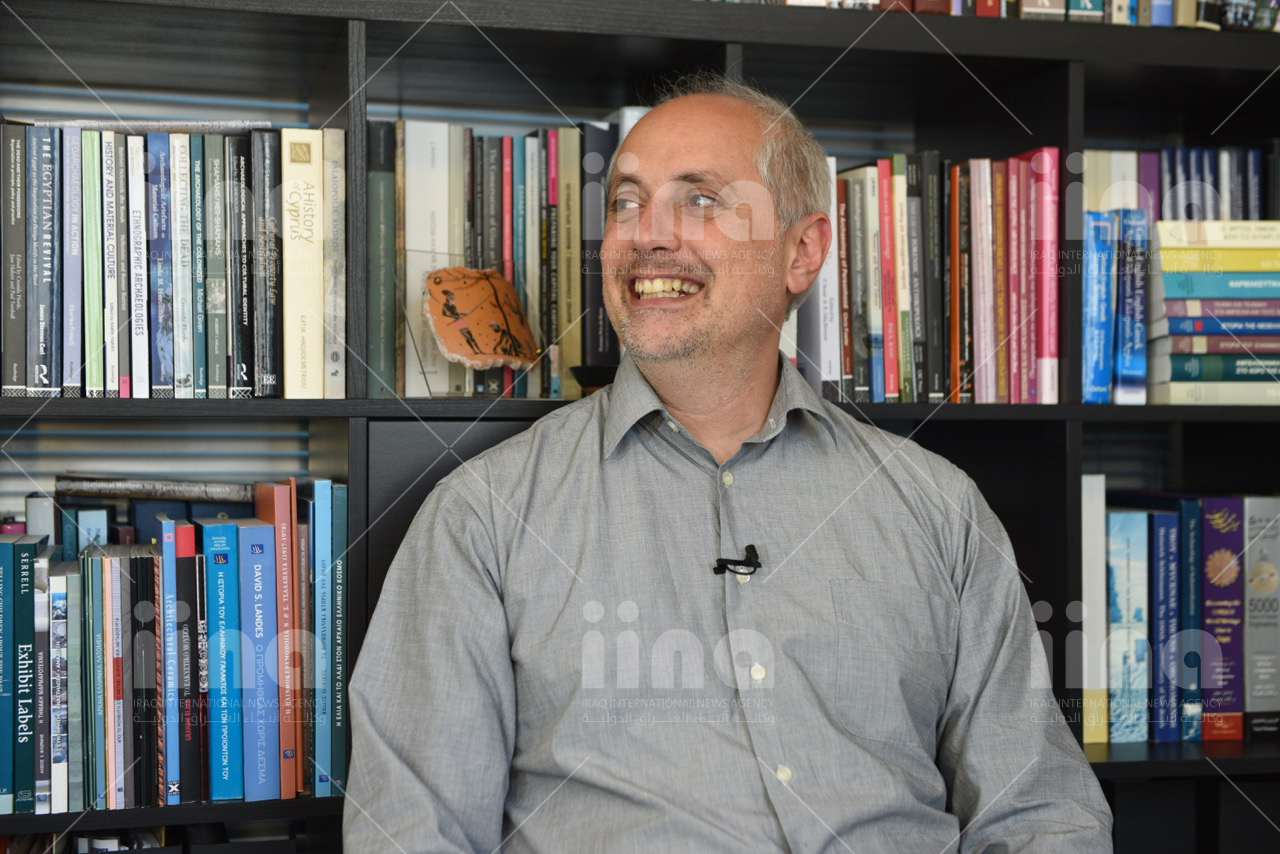
The destruction of the World Heritage sites in Iraq has shocked public opinion around the world. What are the risks that historic and artistic heritage sites are facing today? Why is it so important to protect them?
World heritage sites have been damaged or threatened significantly, and not only in Iraq. This is a common occurrence all over the world, especially in conflict-ridden areas. However, conflict is not the only challenge to these sites. Local communities, which often are the primary stakeholders, frequently pose threats to cultural heritage. This, in fact, is one of the challenges that I wish to emphasize with this particular question. I would really like to highlight the role of local communities in the preservation and protection of cultural heritage. I wish to shift the focus from world heritage sites because these are quite few. They’re very important for the history of the world and for Iraq’s history, but they actually represent a tiny part of Iraq’s heritage. This is because there are many other sites that are equally important but are not recognized as world heritage sites. Moreover, there are even more sites and traditions that have not been formally recorded. Therefore, we need to highlight the importance of local communities. These communities are often seen as a negative stakeholder. As a result, they become negative stakeholders due to the perception of states or other parties. It is thus crucial to work with local communities, raise their awareness of the importance of their heritage, but also to listen to them. What we deem important from the outside may not be significant to them. We need to work together with them to preserve what is important to them and what is important to the rest of the world. This collaborative process can only be achieved with the involvement of local communities. It cannot happen without them because they are the ones who live in these areas. States and the international community, no matter how many resources they have, will never be enough to protect heritage sites all over the world, not even in Iraq.
Can you identify any main challenges?
The challenges are many, and primarily, we’re focusing on two: capacity and local communities, both of which are interconnected. The issue of capacity, as I explained earlier, is fundamental. Many heritage managers occupying top positions are often political appointees. This does not necessarily make them experienced heritage managers. Every time there’s a government change, the personnel change. Thus, it’s challenging for these individuals to learn on the job because, often, by the time they’ve gained adequate knowledge, they’re replaced. For me, frequent regime changes and alterations in the top positions pose a problem. Occasionally, like now, the people at the top are very experienced, while other times they are not. We must ensure there is a group of well-trained professionals at the middle level capable of effectively managing heritage, no matter the political appointees, no matter who they are. Such a group can also function as a good pool of talent for the new government to select their political appointees from. This is crucial, not only for central authorities but also regional ones. I’m not just talking about the ministry of culture staff, but also the local authority personnel because they significantly impact the management of cultural heritage. For me, this is one key challenge. Local communities present another. Heritage expands faster than we can even record it, leading to an asymmetrical challenge. If we don’t engage with local communities, this asymmetrical challenge becomes unsustainable. We’re familiar with asymmetrical challenges in the 21st century. Capacity development is one way to confront such a challenge. The third problem is climate change, which is affecting heritage everywhere. Sadly, climate change caught us unprepared. Despite knowing it was coming, we didn’t know how to respond. Heritage managers can’t reverse climate change or restore the temperature to pre-climate change levels, but they can do a lot to adapt their sites’ management. That way, the ongoing climate impact in their areas can be mitigated. This too requires capacity and training.
UN Security Council has passed a resolution to step up protection of cultural heritage in Iraq?
So, this question is about the un resolution. The international system, at the moment, is supposed to protect heritage from conflict and war. Unfortunately, however, this system is toothless because there’s no specific punishment for the perpetrator – the main punishment is moral. As we know, a lot of countries, especially those that are perpetrators in conflicts, don’t really care about the international community’s opinion that they’re not doing the right job. So, in this respect, a system based on moral castigation isn’t sufficient to protect the world’s cultural heritage. The second problem is that there are too many preconditions for heritage to be protected. This means that the country responsible for the heritage, which is often defending, needs to have pre-empted the possibility of an attack. It might also need to have predesignated sites of importance for heritage preservation in case of war. This idea is ridiculous. How could one predict an attack and the first thing they would do is start designating hazard sites, instead of actually preparing for their defence? So, at the moment, the international system is toothless and we really need more robust support. Legal support is crucial at this time. The best work being done right now is the promotion of culture.
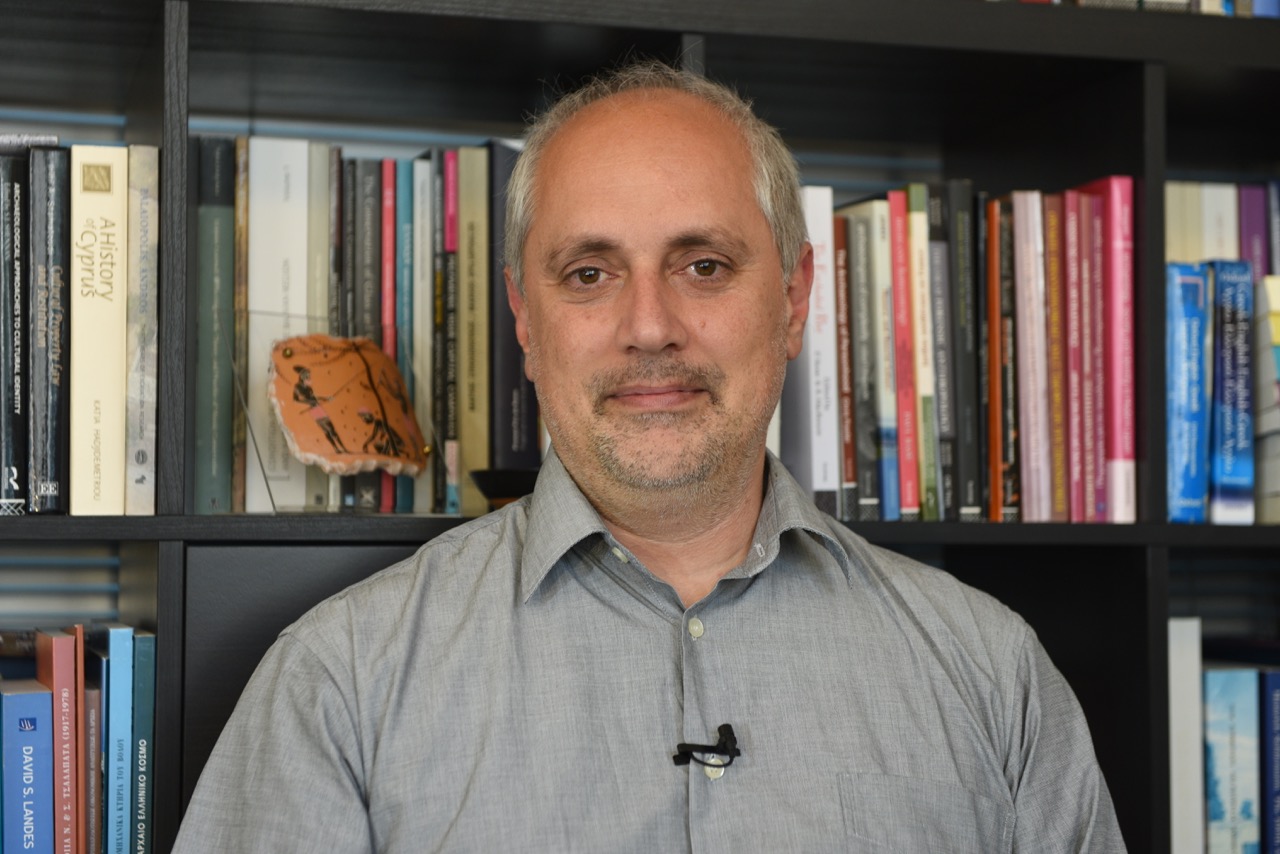
- Published: 26th June, 2023
- Date Taken: 19th June, 2023
- City: Athens
- Country: Greece
- Editor: Yasmine Goumri
- Category: Heritage

